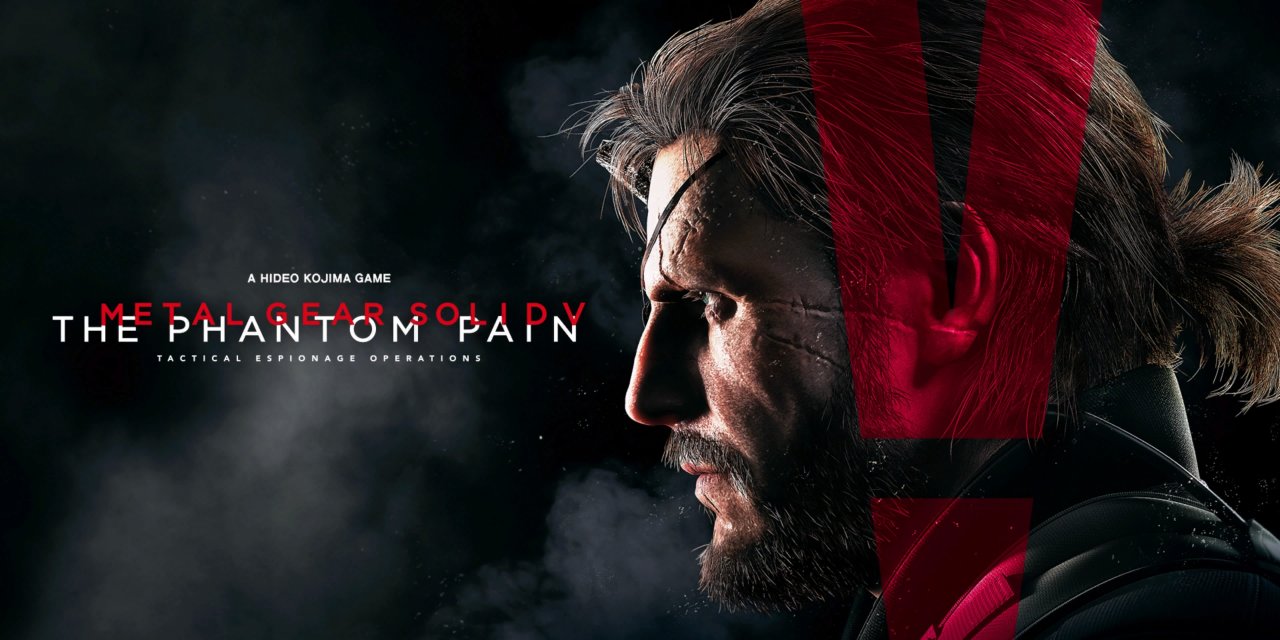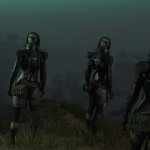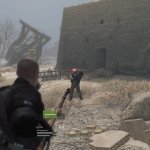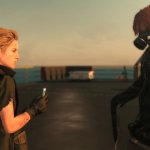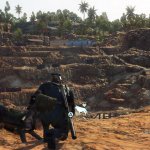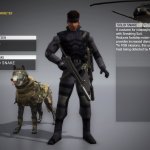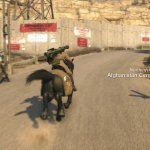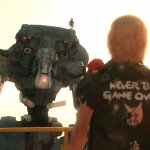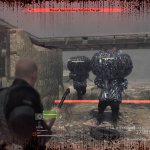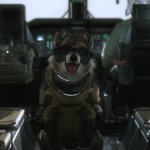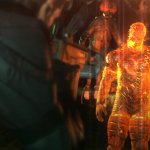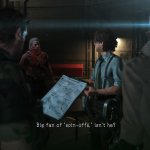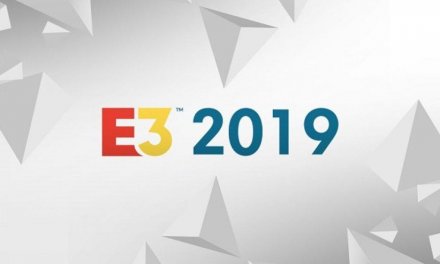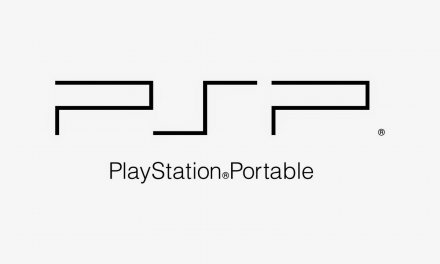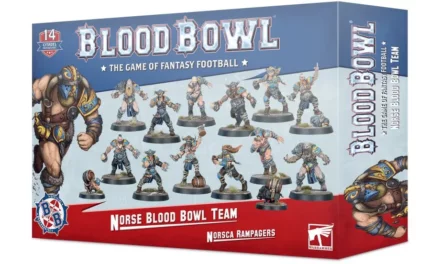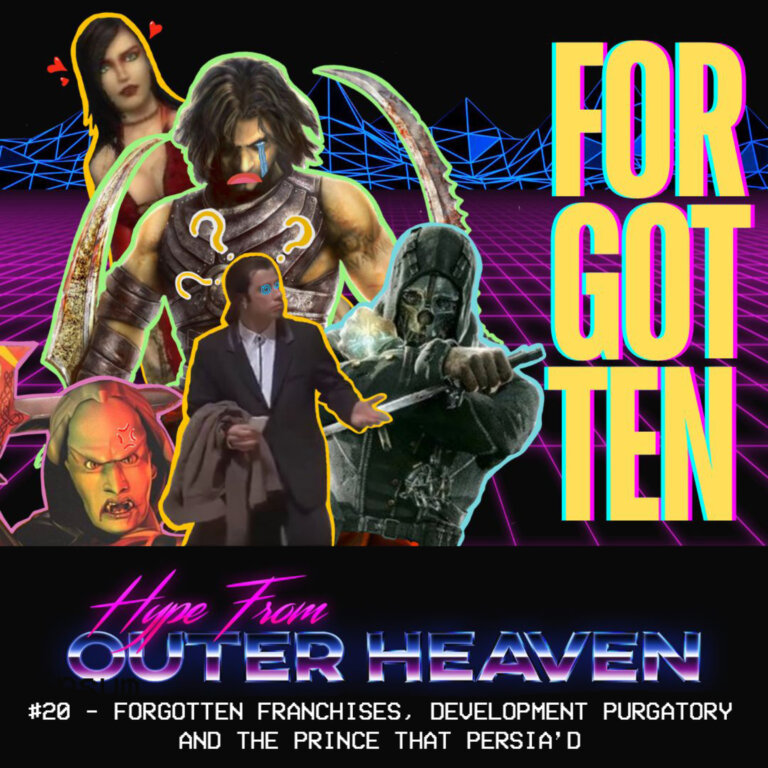“Rage is one hell of an anaesthetic.”
Of all of the long running gaming franchises out there, very few can claim to have the legacy that the Metal Gear series has left on the gaming industry. Starting in 1987 with Metal Gear for the MSX2, the series went on to be a critical and commercial phenomenon selling over 49 million copies worldwide as of August 2016. With the release of the 2015’s Metal Gear Solid V: The Phantom Pain however the series was dealt a killing blow; with its director of over 30+ years, Hideo Kojima no longer at the helm of the franchise, leaving players worldwide with serious doubts regarding the future of one of the most beloved franchises in gaming. Now with the release of the next iteration in the series just days away (making it the first one since Kojima’s departure) I decided to go back and take an extended look at Kojima’s swan song, what happened during the infamous Kojima/Konami split, as well as the questionable direction that Konami is taking with Metal Gear Survive; buckle up guys, it’s gonna be a long one!
Alongside other early PlayStation titles such as Blood Omen: Legacy of Kain and Legend of Dragoon, Metal Gear Solid was one title that I can quite literally say, defined my childhood. I first played Metal Gear Solid in 2000, a full two years after its initial release, and found myself completely drawn in. Very few games I had played up until that point in time had such a perfect blend of narrative and gameplay, offering a complex and emotional storyline that was heavily steeped in the political stratosphere regarding nuclear proliferation during the late 20th century. Boasting some of the most impressive game design and mechanics seen in a video game pre-2000, it’s easy to understand why Metal Gear Solid is cited to be the progenitor of the stealth genre, acting as a precursor to other stealth franchises such as Assassin’s Creed and Splinter Cell. The game was something of a catalyst when it released in 1998, being the first of its kind with the introduction of lengthy cutscenes and a complex, grounded narrative, leading some to consider the title as much a motion picture as it was a video game. Brought to life by a stellar voice cast and amazing cinematic direction, no one could have predicted how popular the series would become, making its sequel: Metal Gear Solid 2: Sons of Liberty one of the most highly anticipated video games of all time when it released in 2001. While the series’ individual instalments have all been met with the same critical and commercial success, one aspect of the series has kept each instalment in tandem with its convoluted, overarching story over the years; I speak of course of the series’ stoic protagonist and all-round badass: Solid Snake (including Big Boss).
The character of Snake is one that has changed very little since 1987, being represented in all of the main numbered titles (Big Boss was introduced as a protagonist in 2004’s Metal Gear Solid 3: Snake Eater) as the same hardened, brooding anti-hero who is still somehow likeable and charismatic (a testament to Kojima’s ability in writing complex characters). A huge part of Snake’s personality comes from the infamous gravelly voice that has always accompanied the character, portrayed by the brilliant David Hayter who instantly became a fan favourite with his role as Solid Snake in 1998’s Metal Gear Solid. While the character concept of Snake is an original entity in its own right, Kojima was heavily influenced by western cinema from the 1980’s, with the first concept for the character (cover art of 1987’s Metal Gear) being based on the look that Michael Biehn portrayed as Kyle Reese in 1984’s The Terminator. Additionally, the main inspiration for the character (especially in terms of his overall look and personality) came from Kurt Russell who portrayed Bob ‘Snake’ Plissken in John Carpenter’s 1981 dystopian sci-fi classic Escape from New York (of which the series creator Hideo Kojima is a massive fan); further reinforcing this is Solid Snake’s alias used throughout Metal Gear Solid 2: Sons of Liberty, Iroquois Pliskin which is a further nod to Kurt Russell’s character. The links to cinema are a clear nod of inspiration and homage for Kojima, as well as a metaphor for the saga as a whole, whose individual titles have often been criticised of ‘games trying to be movies’ favouring cinematic direction over gameplay, especially so in the case of Metal Gear Solid 4: Guns of the Patriots (say what you want, that epilogue was sheer perfection).
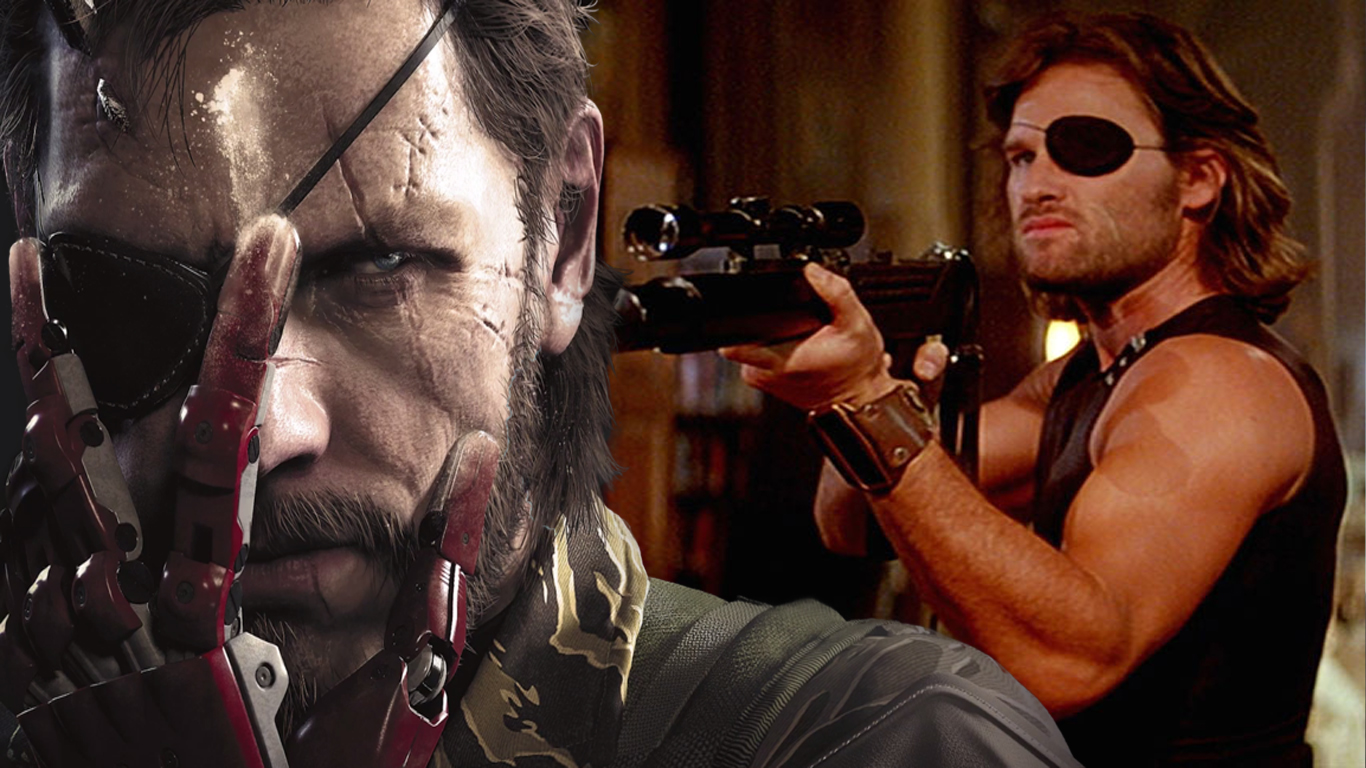
Call me Snake: Kojima’s Snake is a direct homage to Bob ‘Snake’ Plissken from 1981’s Escape From New York.
Past glory aside, the most recent release for the Metal Gear franchise: Metal Gear Solid V: The Phantom Pain changed the series’ formula significantly, and not all for the better. The Phantom Pain is set in the year 1984, in the backdrop of the Soviet-Afghan War and the Angolan Civil War, which sets up the game’s two open-ended maps: Afghanistan and the Angola-Zaire border region. The game also features a kick ass soundtrack to boot, featuring some of the greatest hits of the 80’s from artists such as David Bowie and Billy Idol, making the game feel very grounded in the era it portrays itself within. The narrative takes place nine years after the events of Peace Walker and Ground Zeroes (the game’s stand-alone prologue) with Big Boss waking up after being in a coma for nearly a decade. This sets Big Boss down a dark and bloody path of revenge, throwing morality out of the window to get back at the man who caused him to lose everything: Skull Face. One massive change that affects the narrative somewhat in The Phantom Pain (that was also met with concern by many) was the exclusion of the series’ long running voice actor for Snake: David Hayter, with Kojima opting to go with an actor that would be able to “have a more subdued performance expressed through subtle facial movements and tone of voice rather than words”. The replacement was none other than actor Kiefer Sutherland, best known for his role as Jack Bauer in the Fox drama series 24 (Although his role as David in 1987’s The Lost Boys is a personal favourite). Sutherland replacing Hayter left a sour taste with a lot of the series’ long-time fans, but to Sutherland’s and Kojima’s credit, the role of Snake was very much untouched when the game released, with Sutherland’s performance mirroring the director’s initial intentions in perfect tandem.
While the narrative overall deals with thematic issues such as the nature of war and identity in a emotive and compelling way, a lot of criticism was aimed at the game’s convoluted (more so than usual) story, citing that it was less focused and compelling when compared to its predecessors. Further scrutiny came from the game’s unfinished second chapter, which is a lot less grounded compared to the first chapter, especially down to the fact that most of the missions in chapter 2 are rehashed from chapter 1, only with a higher difficulty. Further to this, entire plot points were cut from the final build of the game, most notably with the mission titled ‘Episode 51: Kingdom of the Flies’ which would see Big Boss go after Eli and Sahelanthropus, which would have provided closure to one of the game’s more plot specific relationships (the cutscene footage from episode 51 can be seen here). Common criticisms aside, The Phantom Pain was praised heavily for its non-linear, open world gameplay design (that marked a first for the franchise as a whole) adopting the open-ended mission structure and base building gameplay features found in its predecessor Peace Walker. Gameplay is the area where The Phantom Pain shines, offering many different means of infiltration thanks to an in depth day/night cycle with weather patterns specific to the region you are in (sandstorms are great for slipping by unnoticed in Afghanistan). Complimenting the environment design, is the enemy AI themselves which reacts to the way that you play the game; dispatch enemy soldiers with headshots often? they will begin to wear metal helmets; attempt missions under the cover of night? your enemies will begin to wear night vision goggles. All of these features work in tandem to create an authentic stealth experience, which is a testament to Kojima’s approach to gameplay design, and the creative minds behind the Fox engine.
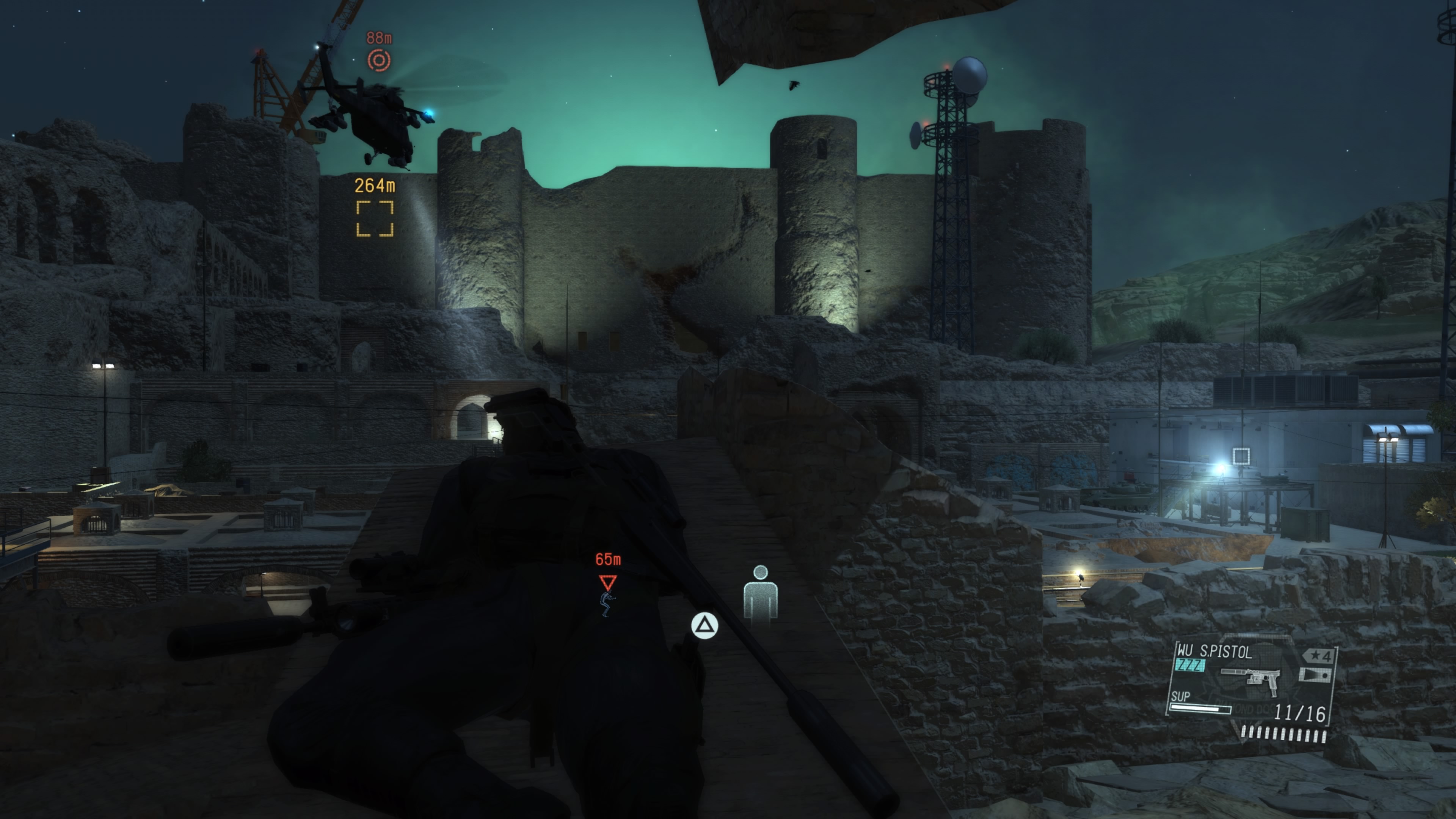
“Kept you waiting, huh?”: Showcasing numerous gameplay elements that work together in tandem perfectly, Kojima succeeded tenfold in creating a realistic stealth simulator in Metal Gear Solid V: The Phantom Pain.
While Metal Gear Solid V: The Phantom Pain was a masterpiece in its own right, it was ultimately an unfinished product. A lot of the issues surrounding the game’s cut content were mainly attributed to the tense relationship between series director Hideo Kojima and publisher Konami, which culminated in Kojima Productions splitting from Konami in October 2015. The split was largely based on internal conflict between the two parties, specifically regarding the strict guidelines surrounding the game’s release, as well as budget concerns regarding the cost of the game’s production which were estimated to be in the region of 10 million yen ($80.4m). While Konami initially tried to play down the situation down as a ‘corporate re-structure’ in March 2016, the same day saw the removal of any reference of Hideo Kojima or Kojima Productions from MGSV’s digital marketing as well as numerous websites for the Metal Gear series (and you wonder why you saw Kojima’s name so much in The Phantom Pain?). A few days later saw an anonymous employee report to GameSpot that Kojima Productions’ staff (as well as Kojima himself) were being treated as external employees, having all internal corporate communication blocked, and that all of the senior production staff were planning to leave Konami for good at the conclusion of their contracts in December 2015, following the games’ release. Kojima officially left Konami on October 9th 2015, and the situation died down until The Game Awards 2015 where Kojima was nominated for Developer of the Year; Kojima was not present at the event however, being blocked by Konami’s lawyers from attending, indicating they had somewhat of a bruised ego over the whole affair. Kojima however had the last laugh, and announced (in joint with Sony Computer Entertainment) that Kojima Productions (independently reformed) would partner with PlayStation in developing a new creative IP that would be a “new and innovative gaming experience” free from the cancerous chokehold of Konami. The new IP would later be revealed at E3 2016 as Death Stranding, an open world action game that is still within active development.
While the success of Kojima Productions’ independent reformation are entirely deserved, the long loved Metal Gear franchise had been left by the wayside in the hands of a venomous (pun intended) developer, with its future uncertain in eyes of fans worldwide. Konami further reinforced these fears when they announced Metal Gear Survive at Gamescom 2016 as a zombie focused survival action game, that could only be played online, with a strong emphasis on multiplayer co-op (as well as microtransactions no doubt). Billed to release on the 22nd of this month, Metal Gear Survive deviates heavily from the established theme of political fiction and espionage that the series has long held itself too. Set in an alternate dimension between the events of Ground Zeroes and The Phantom Pain, Mother Base soldiers must do what they can to survive in a hostile environment complete with zombie-like crystalline creatures known as *ahem* ‘creatures’ (points for originality Konami). Metal Gear Survive held an open beta last month (which was met with mixed critical opinion) where I got to try it out, and I have to say that I wasn’t that impressed (totally unbiased opinion). My first impression was how familiar the game appeared; everything from the game engine, character creator, character models and animations are rehashed assets from The Phantom Pain albeit a few weapon models that are brand new (I’ll admit that the emphasis on melee weapons and the Bow were a nice touch). There was a strong emphasis on crafting and breaking down your environment for parts within the Beta, so Konami is at least staying consistent with their approach to an open world zombie game. While I wasn’t initially impressed with the Beta for Metal Gear Survive, I’m one to give credit where credit is due, and if the game actually turns out to be decent (rather than a smouldering pile of rehashed shit) my review will reflect upon that when the game launches on the 22nd February.
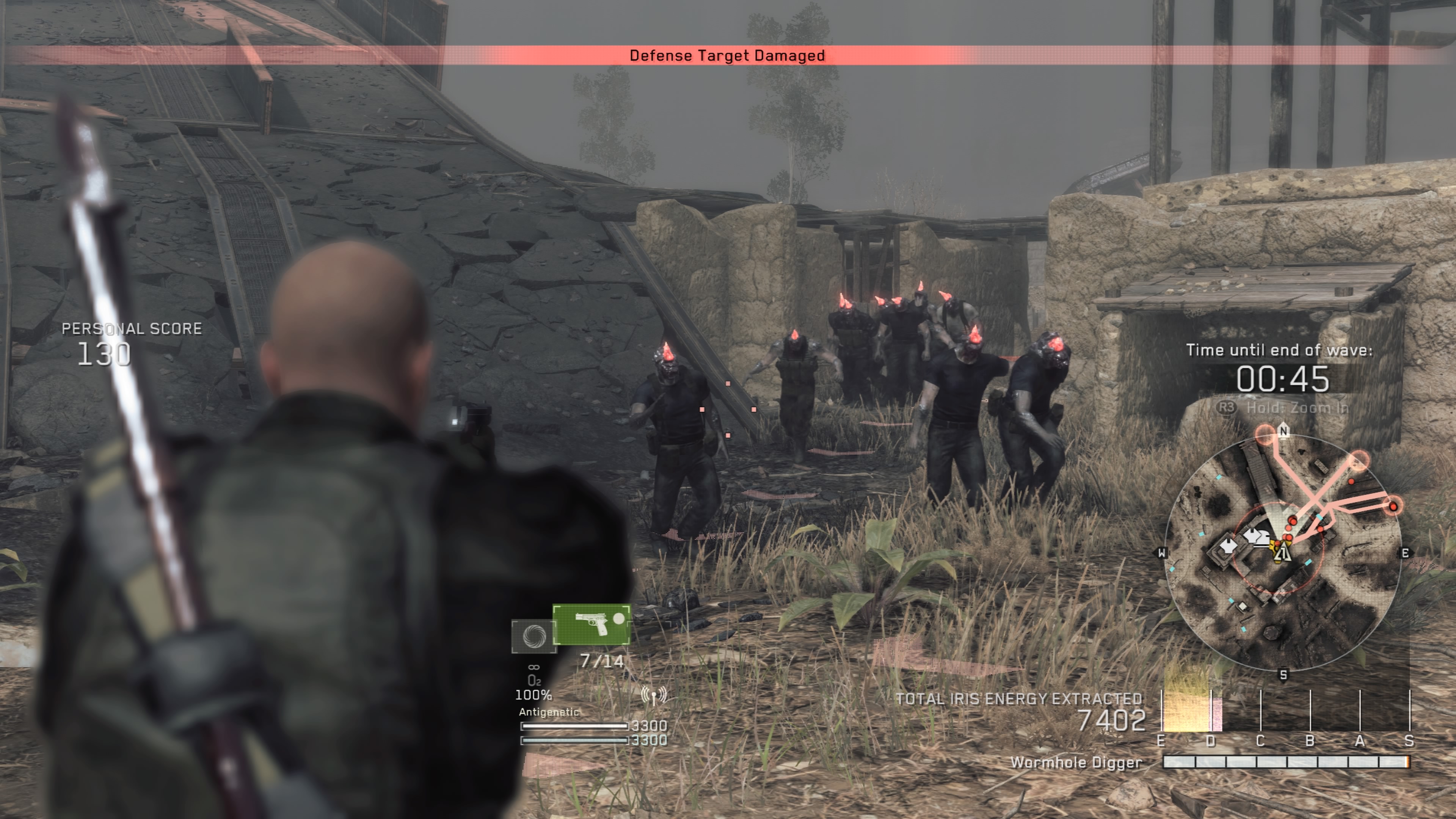
Salvage: The only mode available in the Beta titled ‘Salvage’ showcases waves of ‘creatures’ trying to stop you from extracting the valuable Iris energy by attacking the Wormhole Digger.
While the last 30+ years have been a labour of love for Hideo Kojima, he is sadly no longer at the helm of one of gaming’s most beloved franchises and has moved on to bigger (and hopefully) better things with Sony and Death Stranding. With the direction that Konami is taking with Metal Gear Survive, the future of the Metal Gear franchise is anyone’s guess. However the franchise has been beloved by many for decades now, and it’ll take more than a few f*ck ups on Konami’s part to tarnish the legacy that Metal Gear franchise has left on the industry, and for that Kojima-san, you will always have my utmost respect (just release something on Death Stranding soon!)
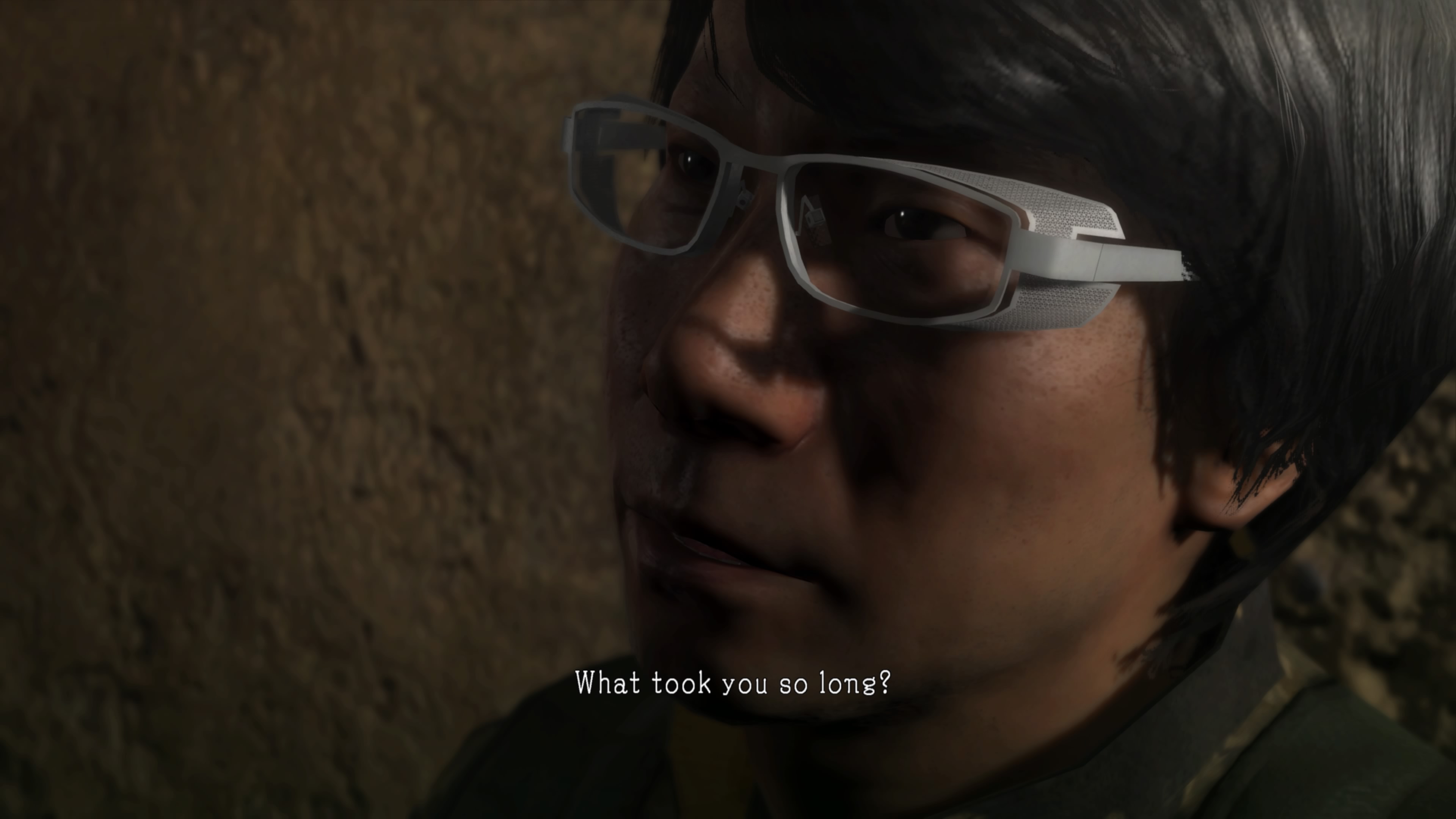
Screenshot Gallery

